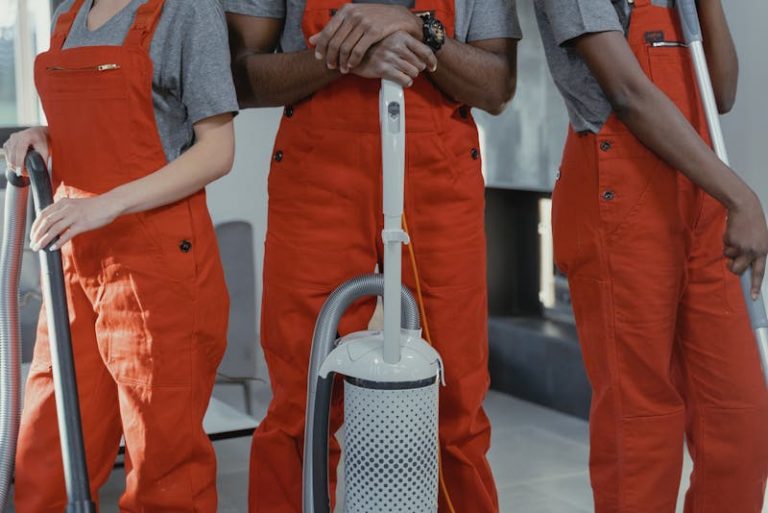

Driving down the freeway the other day, there was a lot of construction going on along the shoulder. Equipment and machines all along the highway; it’s a pretty sight out there. My main concern however, was the lack of safety protocol that was being followed. No crane mats or round slings that I could see from my vantage point. Crane services are incredibly important especially when it comes to keeping the workers and people around safe. Here are the three main hazards when working in crane services and how they can be prevented.
- Electrical
More than 50 percent of crane accidents happen because of the crane coming into some kind of contact with a power line or other source during work. Power lines usually get hit when the crane is moving objects nearby it or underneath it. The hoist line or boom comes into contact with the power line and the person in the crane can be electrocuted. It’s not even just the crane operator that is in danger of electrocution and injury, everyone that is in the vicinity is subject to it. Just one touch of a power line can lead to multiple deaths and/or injuries. There are almost 200 people that die every year because of coming in contact with power lines.
Prevention
In order to keep every safe, it’s important to make sure that all cranes are kept away from unsafe areas that have these power lines. There is a mandated safe distance from a power source that operators must abide by. Anywhere within 10 feet of a power source is considered a danger zone. That area should always be clearly marked on the ground in an obvious way. - Overloading
Another main problem with using crane service, is overloading the crane. When this happens, cranes can actually undergo structural stress which can cause severe damage to it. There are several things that can cause overloading. Swinging and dropping the load suddenly can make it seem heavier when gravity comes into effect. If the components are defective or a load is lifted that is beyond the recommended weight or a load is dragged, all of these are known as overloaded.
Prevention
Load measuring systems should be enforced in order to determine whether load is too heavy. Proper training and planning can greatly reduce the risk of overloading. Only certified operators should be allowed on the crane and no one else should be allowed to operate the equipment. Well cranes are better than ever and are able to lift heavier loads then they used to, the only way to really avoid overloading is to have a competent operator who knows what they’re doing and are well trained under various conditions. - Falling Objects
There are many different reasons that objects fall. Any kind of mechanical failure, operator incompetency, sleeping, dropping and visual impairment can all cause possibly fatal injuries. Loads being lifted by cranes are extremely heavy and very dangerous it’s dropped. Another way that an entire load can crashed to the floor is if the slings and attachments are not properly secured.
Prevention
Regular maintenance should be done on the cranes and hoist. Crane service and upkeep is crucial to keeping safe equipment. Regular maintenance can ensure that everything is in good working order and running smoothly. Another thing that can be done in order to avoid objects falling is to check the actual slings that are holding the cargo on. This can avoid the objects slipping out because of defective slings. Crane should actually be inspected every single day before being used. This may seem like a hassle but it’s the only way to keep everyone safe.
Other than these specific things, some general things that everyone should do is always wear hard hats and protective clothing as well steel toed boots. Lifts should always be cleared before commencement so that everyone knows a hoist is going to safe place. This way they can either stay away from the area or at least be aware of the crane above them. Following these ideas is such a simple way to avoid potentially disastrous situations. Proper training is the first step in protecting workers from injury and then comes the implementation of that training.






